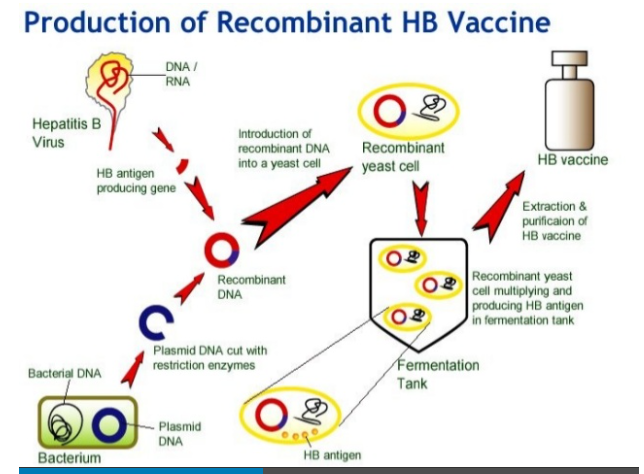
Pesticides have two main components, namely, the active ingredient(s) and the inert ingredient(s). The active ingredient is the one that gives a pesticide its pesticidal action and is called the technical
grade of a pesticide.
grade of a pesticide.
A pesticide is rarely
applied in its pure form. It is usually
formulated by adding inert ingredients
that improve storage, handling, application, effectiveness or safety. The inert
ingredient does not have any pesticidal
action.
applied in its pure form. It is usually
formulated by adding inert ingredients
that improve storage, handling, application, effectiveness or safety. The inert
ingredient does not have any pesticidal
action.
Pesticides are first manufactured
as technical grade product, which has
85% or more of the active chemical
ingredients. The active ingredients are
then mixed with inert ingredients (solvents, adjuvant and fillers) to achieve
as technical grade product, which has
85% or more of the active chemical
ingredients. The active ingredients are
then mixed with inert ingredients (solvents, adjuvant and fillers) to achieve
the desired formulation. The active ingredient kills the pest, whereas the inert
ingredient facilitates ease of handling,
spraying and coating on plants.( Source Chemical weekly)
ingredient facilitates ease of handling,
spraying and coating on plants.( Source Chemical weekly)
• • •
Missing some Tweet in this thread? You can try to
force a refresh





